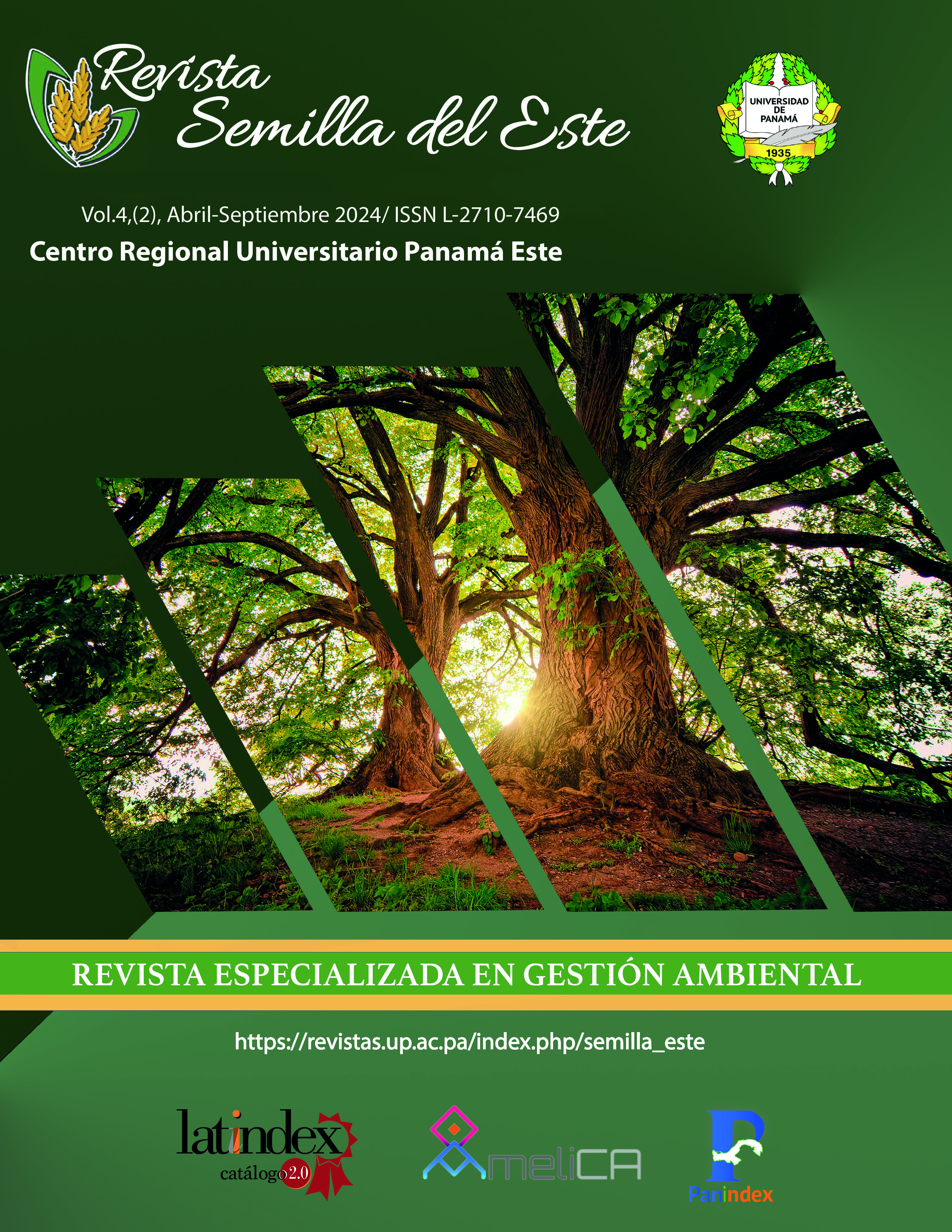


This work is licensed under a Creative Commons Attribution-NonCommercial-ShareAlike 4.0 International License.
Benthic macroinvertebrates are organisms visible to the eye, sedentary in any body of water, with tolerance and sensitivity to external disturbances such as mining. That is why the objective of the research was to evaluate the effect of legal coal mining on the water quality of the La Cucalina stream, through the association of benthic macroinvertebrates with physicochemical parameters in the municipality of Pamplonita, Norte de Santander, Colombia. Establishing three seasons in the dry season on February 7 and 14, as well as March 21, 2023, called Upstream (AG-AR), Leachate (LIX) and Downstream (AG-AB). During this period, macroinvertebrates were collected using net surber and physicochemical data were recorded in situ using a multiparameter. The variables analyzed ex situ were subsequently evaluated in the laboratory of the University of Pamplona. As a result, a total of 706 specimens distributed in four orders, eight families and nine genera were obtained, determining acceptable contamination quality for AG-AR according to the BMWP/Col method, finding a total of eight families and relating it to alkalinity. LIX, for its part, recorded waters with doubtful contamination criteria and the presence of five families, relating to turbidity, electrical conductivity and color. Finally, AG-AB presented critical contamination related to the chemical demand of oxygen, sulfates, total solids and hardness. In conclusion,the flow influences the distribution and transport of chemical substances from mining activities, causing changes in composition and structure in the macroinvertebrate community through contaminant dilution.